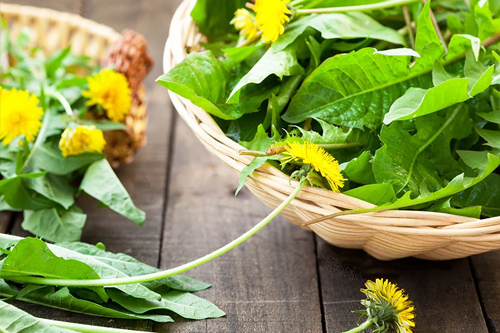Warning! You may want to talk to your doctor before using a natural remedy to treat a serious illness. Since we can remember, man has looked to nature to cure poor health. Within the last decade notably, herbs have made their way into thought culture with the recognition of plant medicines resembling ayahuasca, ibogaine, and cannabis in the headlines for their powerful abilities to heal the most prominent diseases. However, these plant remedies can…
 March 9, 2018
Nerd
2 comments
March 9, 2018
Nerd
2 comments